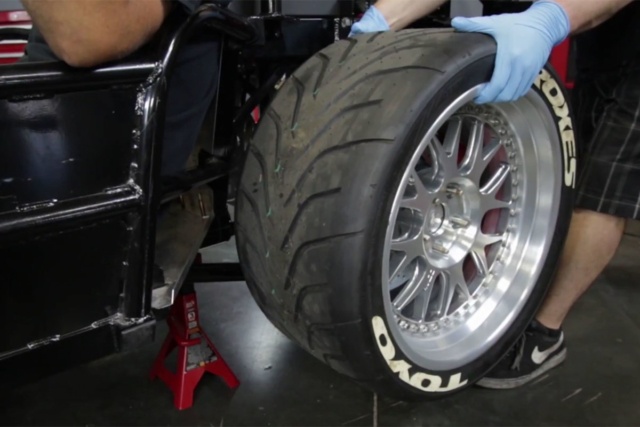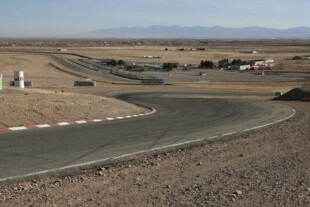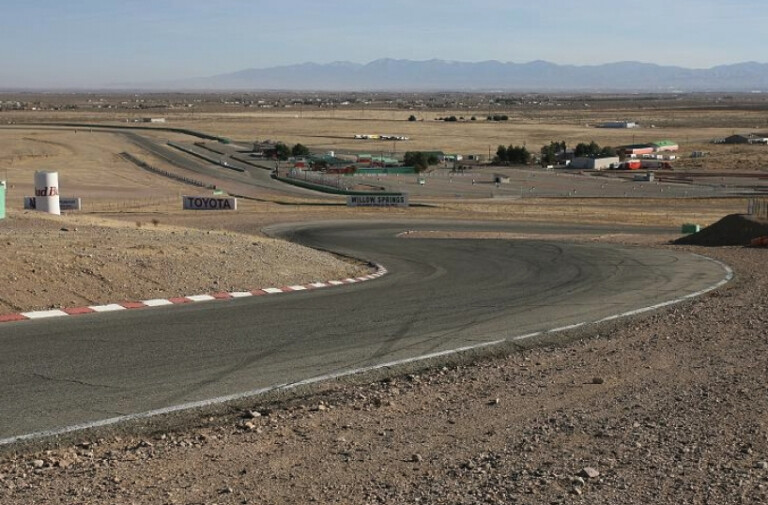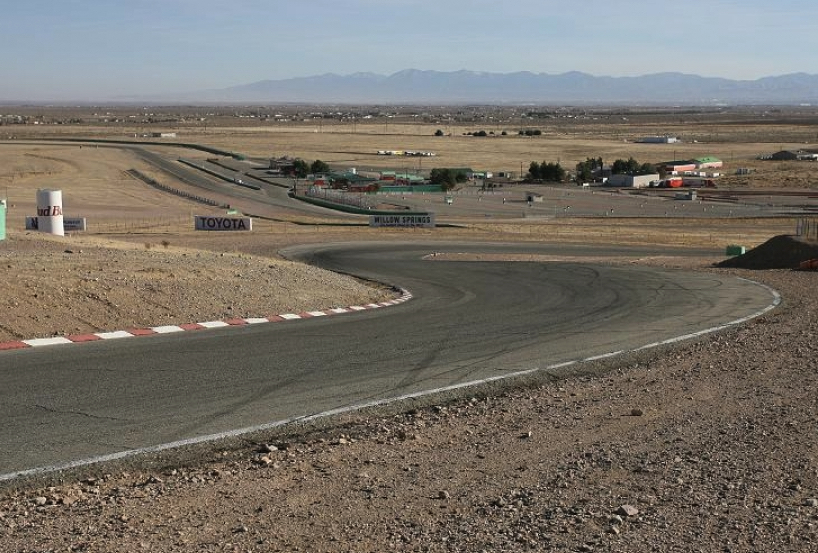When you’re dialing in your three pedal setup, setting your clutch pedal stop correctly is important not only to consistent pedal throw and clutch feel, but to the longevity of the clutch as well.
If your release bearing does not have an internal stop, you’re going to have to adjust this manually. Although the process is fairly simple, without some expert guidance you run the risk of damaging transmission components, so Tilton offers this handy visual guide to the process.

You’ll need to lift the drive wheels of the car off the ground before getting started on this job, as you’ll be spinning the wheels by hand in order to establish the clutch engagement point.
Bleeding the clutch system to remove trapped air is the first step here. Once the system runs clear without any bubbles, you’re ready to set the pedal stop. To do so, you’ll need to jack up the drive wheels of the car so that they can spin freely.
From here, put the gearbox into first gear (without depressing the clutch pedal) and then have someone attempt to spin one of the drive wheels. As this is being done, slowly depress the clutch pedal until the clutch engages and the wheels can be turned by hand. Once you’ve found that point, hold the pedal at that position and be sure not to push the clutch down any further. Note the position and add a quarter inch of travel, measured from the tip of the pedal.
Tighten down the stop bolt at this point and presto – you’ve just set your clutch throw. Be sure to check out the video above to see the process (and its associated nuances) in motion.

















